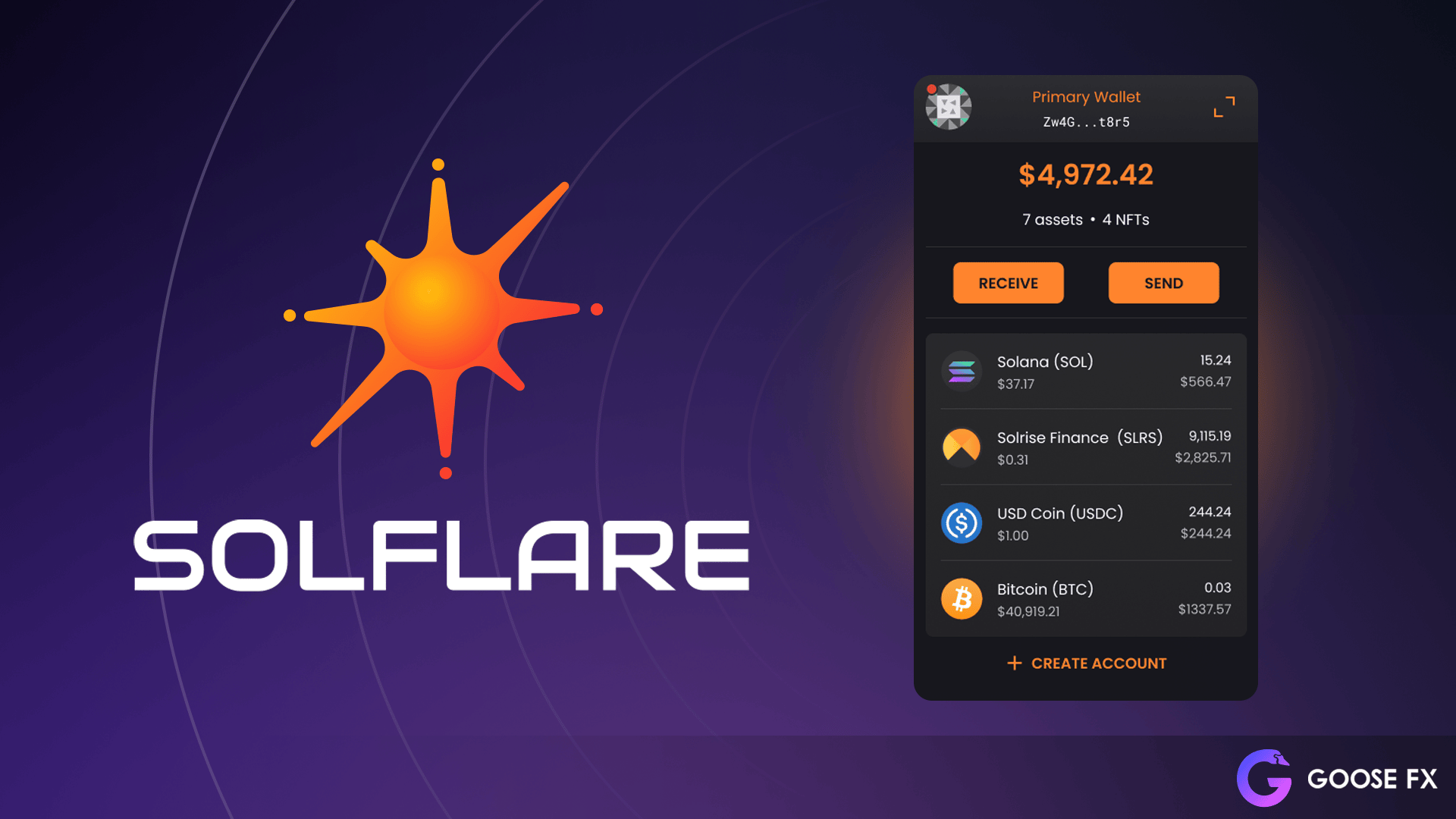Okay, so check this out—when I first dabbled in Solana wallets, I thought, “Eh, browser extensions are just convenient but kinda sketchy.” Really? Yeah, that was my gut talking, just a gut feeling about security risks you hear around crypto circles. But then I stumbled into hardware wallet integration with Solflare, and whoa, that flipped a few things for me.
Here’s the thing. Hardware wallets have this rock-solid rep for security, right? They keep your private keys offline, basically immune to online hacks. But the snag? Not every wallet connects smoothly with them, especially when staking’s involved. I mean, you want to stake your SOL and earn rewards without juggling a dozen apps or risking exposure. Initially, I thought you’d have to sacrifice ease for safety, but Solflare surprises you by bridging that gap pretty well.
My instinct said “this is different” when I saw Solflare’s setup supporting hardware wallets like Ledger and Trezor directly through their interface. It’s not just token storage anymore; it’s a full-on staking dashboard. You can delegate your stake, track rewards, and even manage multiple accounts—all while the private keys never leave your hardware wallet. That’s a big deal in crypto security parlance.
But wait—there’s more. The browser extension itself acts as a nifty portal. At first, I was skeptical about running a wallet on Chrome or Firefox, mainly because browser extensions can be vulnerable. Still, Solflare’s extension doesn’t just sit there; it actively communicates with your hardware device instead of holding your keys. So the extension becomes this secure middleman, letting you interact with DeFi apps on Solana effortlessly.
Seriously, it’s like having your cake and eating it too. You get the convenience of a browser wallet with the ironclad security of hardware devices. And if you’re like me—always chasing those staking rewards—you’ll appreciate how the interface lays out your earnings in real-time. No more guessing or digging through block explorers endlessly.

Check this out—the staking rewards mechanism itself is pretty transparent on Solflare. You see your accrued rewards tick up live, and you can claim them anytime. Oh, and by the way, the fees are competitive; nothing that makes you cringe. I was expecting some sneaky fees hidden somewhere, but nope, very very straightforward.
Why Hardware Wallet Integration Changes the Game
Okay, here’s where I nerd out. Hardware wallets aren’t just about security—they also solve a lot of user trust issues. When you link your Ledger or Trezor with Solflare, you’re not handing over control to some cloud server or sketchy third-party. Instead, all transaction signing happens offline, which means even if your computer is compromised, your funds stay safe.
At first, I thought, “Man, this sounds complicated.” But the reality? The Solflare team did a solid job making the process intuitive. The extension guides you through connecting your device, approving transactions, and even updating firmware if needed. It’s not flawless—sometimes the connection drops, or you get those “device not found” errors—but honestly, that’s more about USB quirks than anything else.
On one hand, hardware wallets add a layer of friction—no denying that. You need to carry your device, plug it in, press buttons. That slows things down compared to hot wallets. Though actually, for staking—which is usually a long-term hold strategy—that’s a small price to pay for peace of mind. Plus, it’s nice not having to juggle mnemonic phrases in your head or scribble them on random scraps of paper.
Here’s what bugs me about many wallet setups: they promise security, but then you find out your keys are still exposed somewhere. With Solflare’s hardware integration, you get genuine cold storage benefits without sacrificing the slick UI we’ve come to expect from modern DeFi tools.
If you want to dive in yourself, the solflare wallet download page is the place to start. The extension is lightweight, and the desktop app complements the hardware wallet experience perfectly.
Browser Extensions and DeFi: Walking the Tightrope
Hmm… browser extensions always feel like a double-edged sword. On one side, they’re pure convenience for DeFi interactions—instant access, seamless dApp connections, no middlemen. On the flip side, you have to trust the extension’s code and the browser’s security sandbox, which aren’t bulletproof.
Solflare’s extension tries to ease this tension by never storing your private keys but relaying transaction requests to your hardware wallet for signing. This way, even if a malicious script sneaks into your browser, it can’t authorize any transaction without your explicit device confirmation. That’s a solid compromise.
Still, I’ll be honest—it’s not perfect. Sometimes the extension’s performance depends heavily on browser updates or conflicts with other add-ons. And if you’re switching between devices frequently, the experience can feel a bit clunky. (Oh, and reconnecting the hardware wallet can be a tiny hassle.)
But when it works, it’s smooth sailing. You can hop onto Serum or Raydium, stake your SOL, swap tokens, and then walk away knowing your keys never left your hardware device. Security plus ease = win.
And the dashboard itself? Very user-friendly. You see your staking status, upcoming epochs, and even estimated rewards per day. It’s like the wallet speaks your language—no cryptic jargon or bloated screens.
Personal Take: Why I Keep Coming Back
Here’s a little secret—I’m biased, but Solflare’s combination of hardware support and browser extension is what keeps me loyal in the Solana space. I’ve tried other wallets that promise similar things, yet none marry security and UX quite this well.
Something felt off about some competitors—they’d tout hardware integration but then force you into clunky workflows or hide fees. Solflare feels like the rare breed that puts user control and transparency front and center. That counts for a lot when you’re managing crypto assets.
Still, I’m not 100% sure if this setup is perfect for everyone. Casual users might find the hardware wallet steps intimidating, and power users could want deeper customization. But for everyday staking and DeFi participation, it’s a solid sweet spot.
So if you haven’t yet, give the solflare wallet download a shot. Plug in your Ledger or Trezor, stake some SOL, and watch how your rewards grow safely. Just keep in mind—crypto’s a wild ride, and no wallet is a silver bullet, but this one gets you closer than most.
Frequently Asked Questions
Can I stake SOL directly from the hardware wallet via Solflare?
Yes! Solflare’s integration allows you to delegate your SOL stake directly while your keys remain securely stored on the hardware wallet. Transactions require device approval for optimal security.
Is the browser extension safe to use with hardware wallets?
Generally, yes. The extension acts as a communication layer but never holds your private keys. Security depends on your browser’s integrity and keeping your hardware wallet firmware updated.
What if the connection between the hardware wallet and browser extension fails?
Occasionally, connectivity issues happen due to USB or browser quirks. Reconnecting the device or restarting the browser usually fixes it. Patience helps—it’s not perfect yet.

